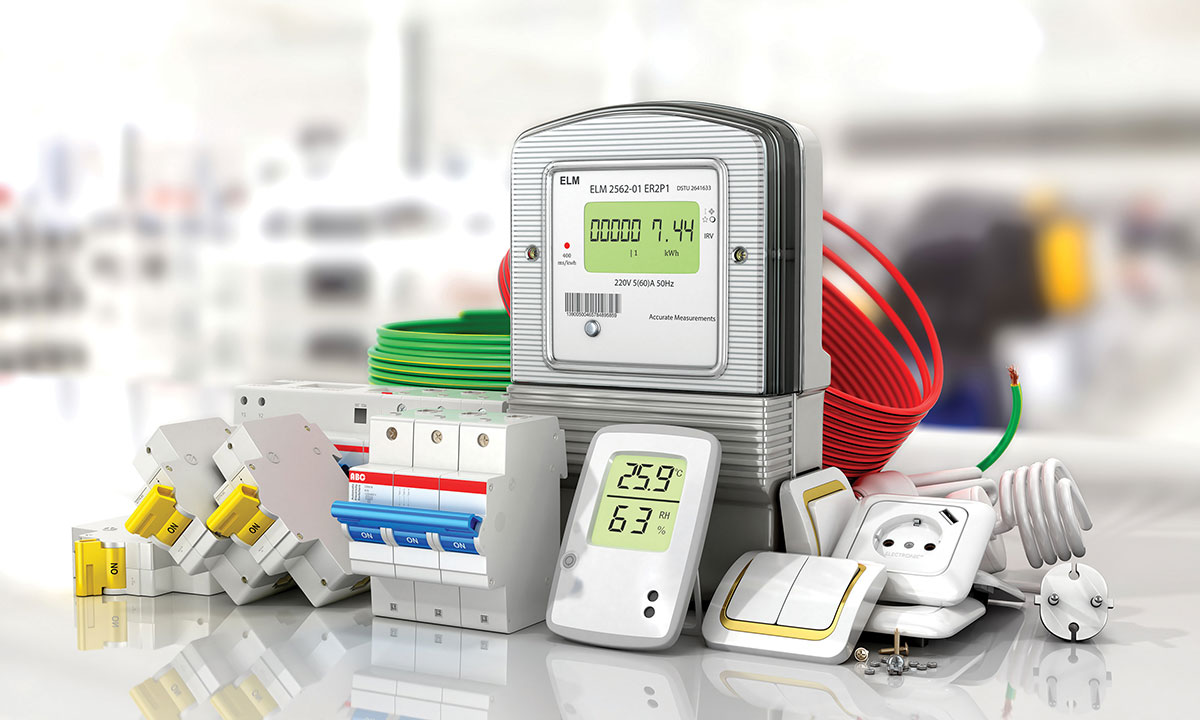A report released by National Fire Protection Association (NFPA), indicates that fire deaths in 1998 due to cooking equipment rose 45 percent from the previous year, but that over all, the number of home cooking fires decreased by 8 percent to the lowest level in the nineteen years of the study.
Cooking equipment fires remained the leading cause of home fires and fire injuries in 1998, and ranked fifth in all home fire deaths and fire property damage, according to the findings.
“Because cooking fires play such a major role in the fire problem, NFPA has targeted cooking as part of its Fire Prevention Week (October 7-13, 2001) focus, rallying children and families to make simple changes in their homes, if necessary, to help prevent these fires,” said Meri-K Appy, NFPA’s vice president for public education. “The increase in deaths in ’98 motivates us even more to continue to call attention to fire hazards in the home.”
In all, 396 deaths were attributed to cooking fires, and 94,000 reported fires for the year, but the majority of these fires typically go unreported to local fire departments although the unreported fires are nearly always very small fires, quickly discovered and extinguished by occupants. There were 4,656 injuries from cooking fires, many serious, believed to be the leading cause of injuries reported for all home fires. There was $419.1 million in direct property damage from cooking fires.
Unattended cooking leading culprit
Unattended cooking was by far the leading cause of home cooking equipment fires and associated losses. Other human errors, such as falling asleep, inadequate control of open flame, failing to turn off the equipment, and placing combustibles too close to the heat source, also played a role in these fires. Equipment-related mechanical or electrical failures (part failure, leak or break) played a lesser role but frequent enough to mention.
Electric stoves had a higher risk of fire incidents, injuries and direct property damage (but not deaths), relative to the number of households using that source for cooking, than gas stoves. The risk of fire was nearly 50 percent higher; the risk of injury due to fire was more than twice as high; and the risk of property damage due to fire was nearly twice as high. Conversely, gas stoves had more than twice the risk of death due to fire as electric stoves.
Stove fires continue to dominate the home cooking fire problem, far ahead of other cooking equipment like microwave ovens (which were in 83 percent of U.S. homes as of 1997) or toasters.
Fire Prevention Week
Fire Prevention Week is rooted in the Great Chicago Fire of 1871. Of unknown origin, the fire began on October 8, and lasted 27 hours, leaving 250 people dead, 100,000 homeless, 17,400 structures destroyed, and more than 2,000 acres burned. Most of the damage was incurred on October 9; as a result, this date is most frequently connected with the tragic conflagration. A few years ago, Robert Cromie, a Chicago historian, disproved the most popular legend regarding the origin of the fire: Mrs. O’Leary’s cow kicking over a lamp and setting the barn afire.
The Fire Marshals Association of North America (now IFMA) sponsored the first National Fire Prevention Day on the 40th anniversary of the Chicago Fire. In 1920, President Woodrow Wilson issued the first National Fire Prevention Day proclamation. Since 1922, National Fire Prevention Week has been observed the week during which October 9 falls. Each President of the United States, since 1925, has signed a proclamation pronouncing a national observance during that week.
Since the commemoration was first established in 1922, NFPA has officially sponsored Fire Prevention Week. It will be held October 7-13 this year.
To learn more about Fire Prevention Week, please visit the official site:www.firepreventionweek.org.
Safety tips
NFPA’s web site offers these and other safety tips when cooking:
- Supervise cooking closely.
- Clean cooking equipment so that food items like grease do not start fires.
- Make sure combustibles, like potholders and rags, are kept away from cooking surfaces.
- Avoid wearing loose-fitting clothing that might catch on fire easily.
- Keep pot handles turned in to avoid spills and possible scalds, and keep children and pets away from cooking areas.
- Use cooking equipment for cooking only, not to heat the home.














Find Us on Socials